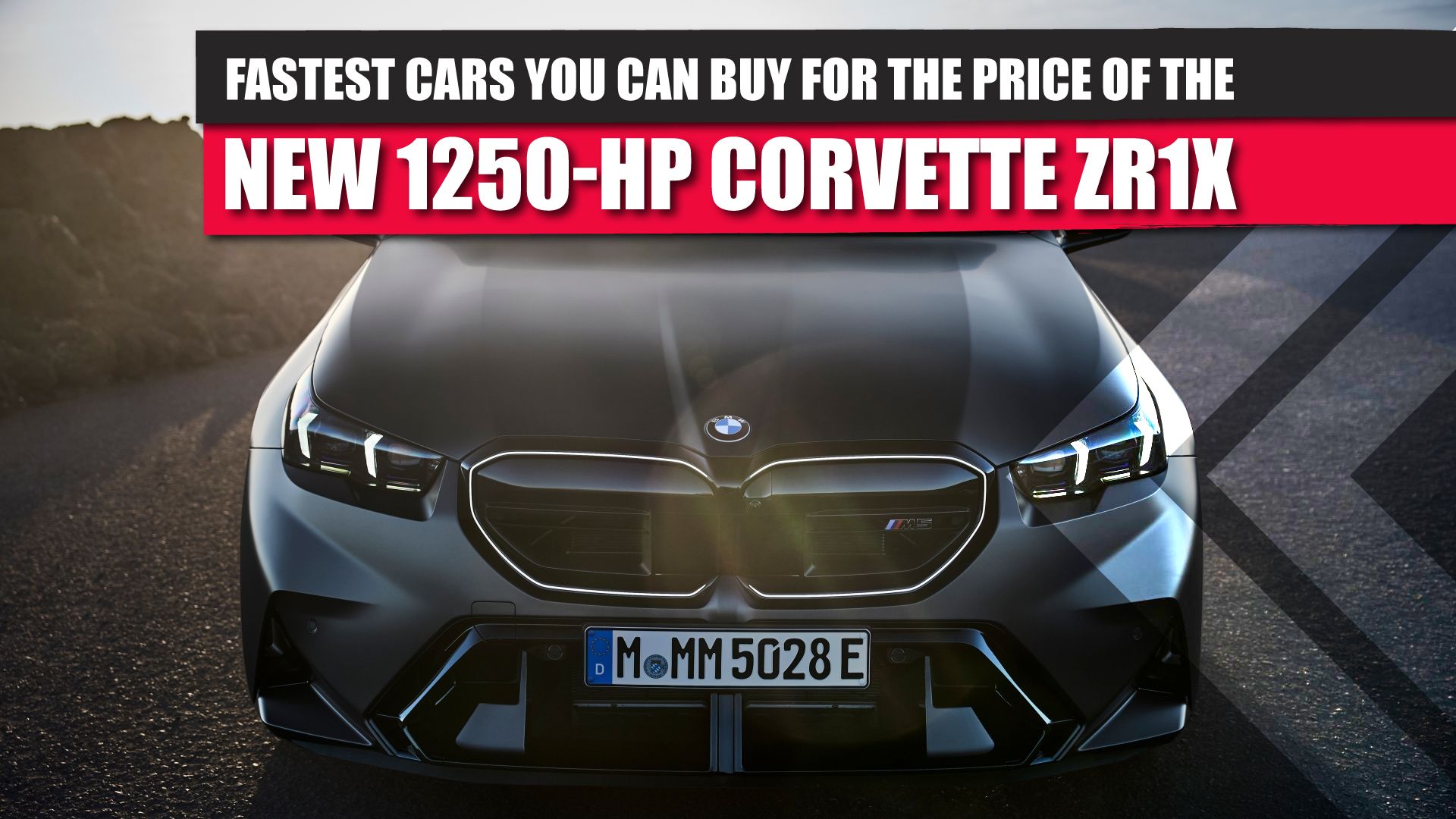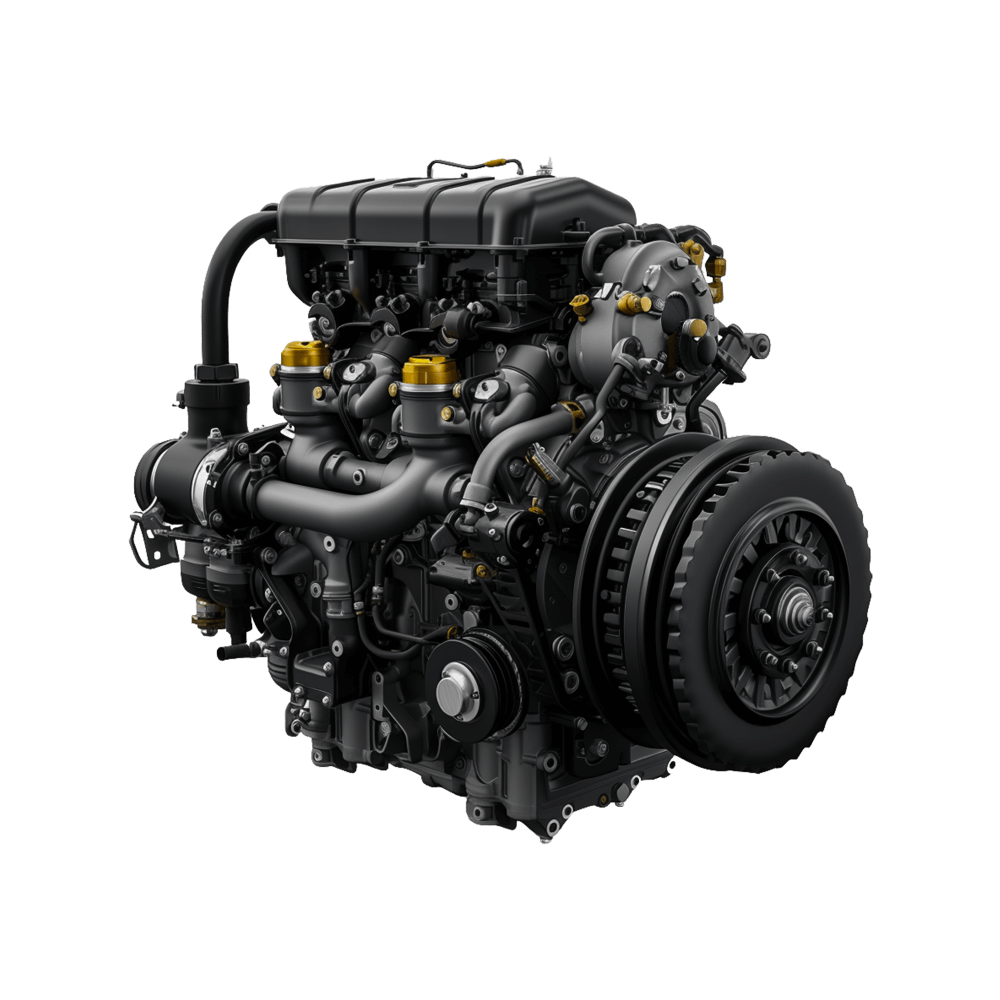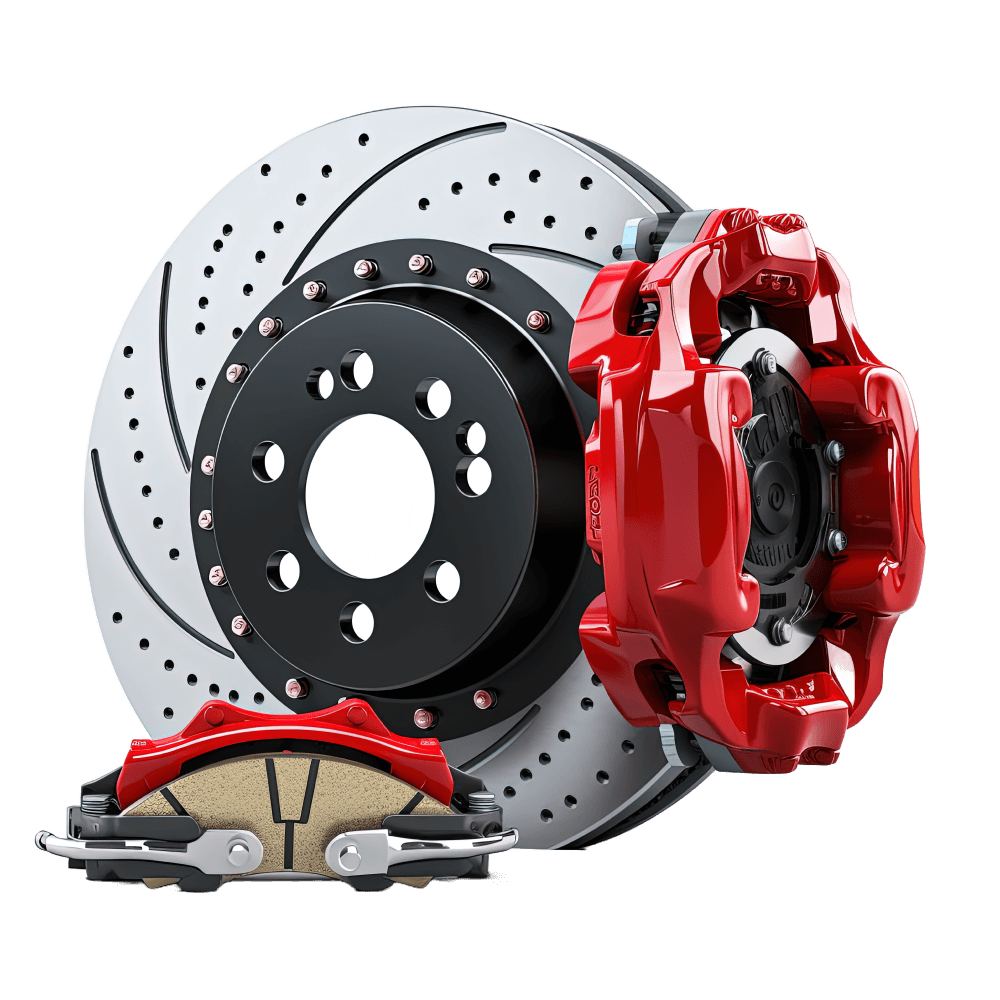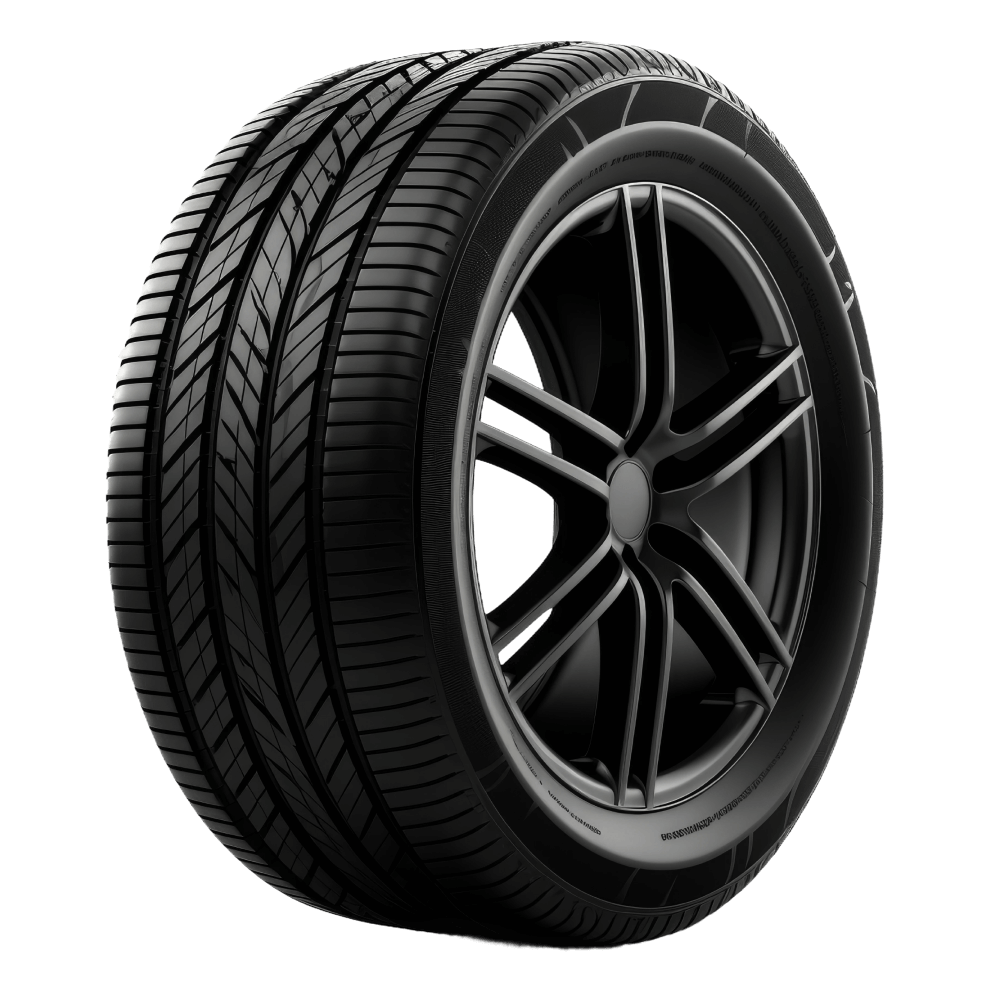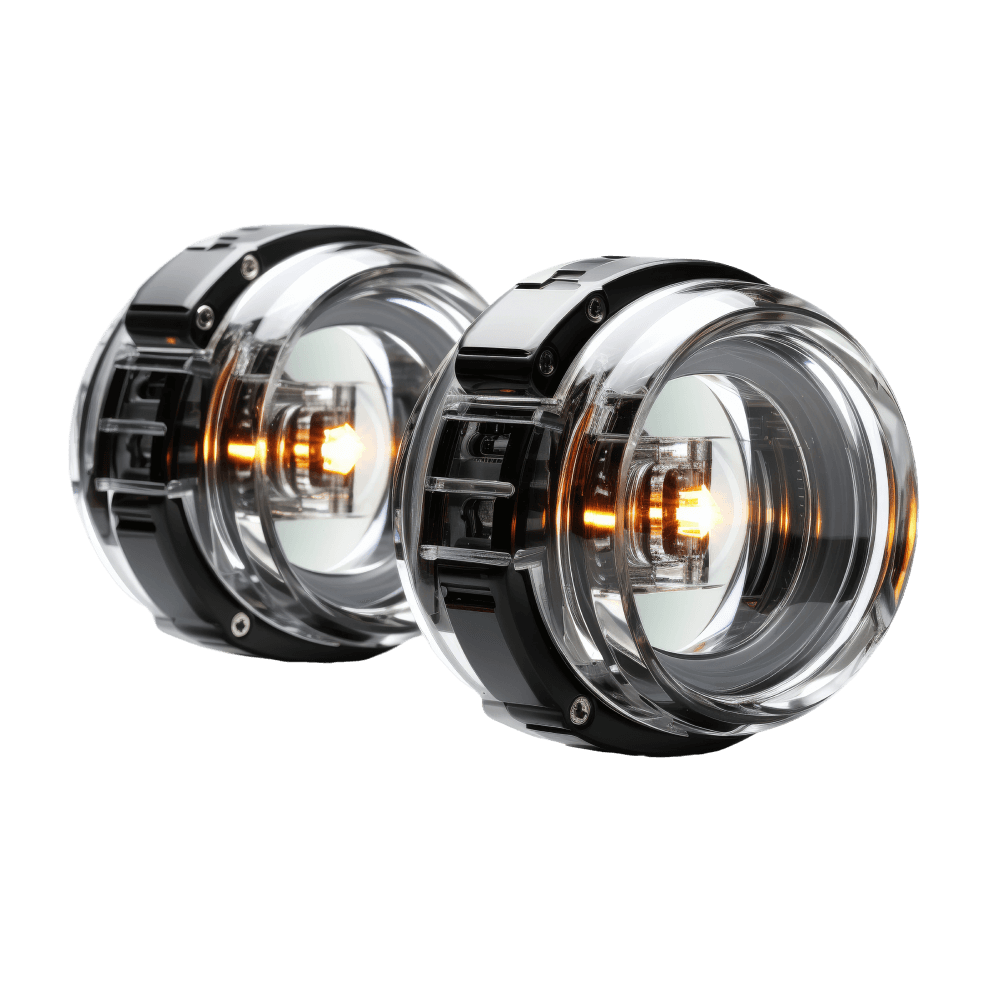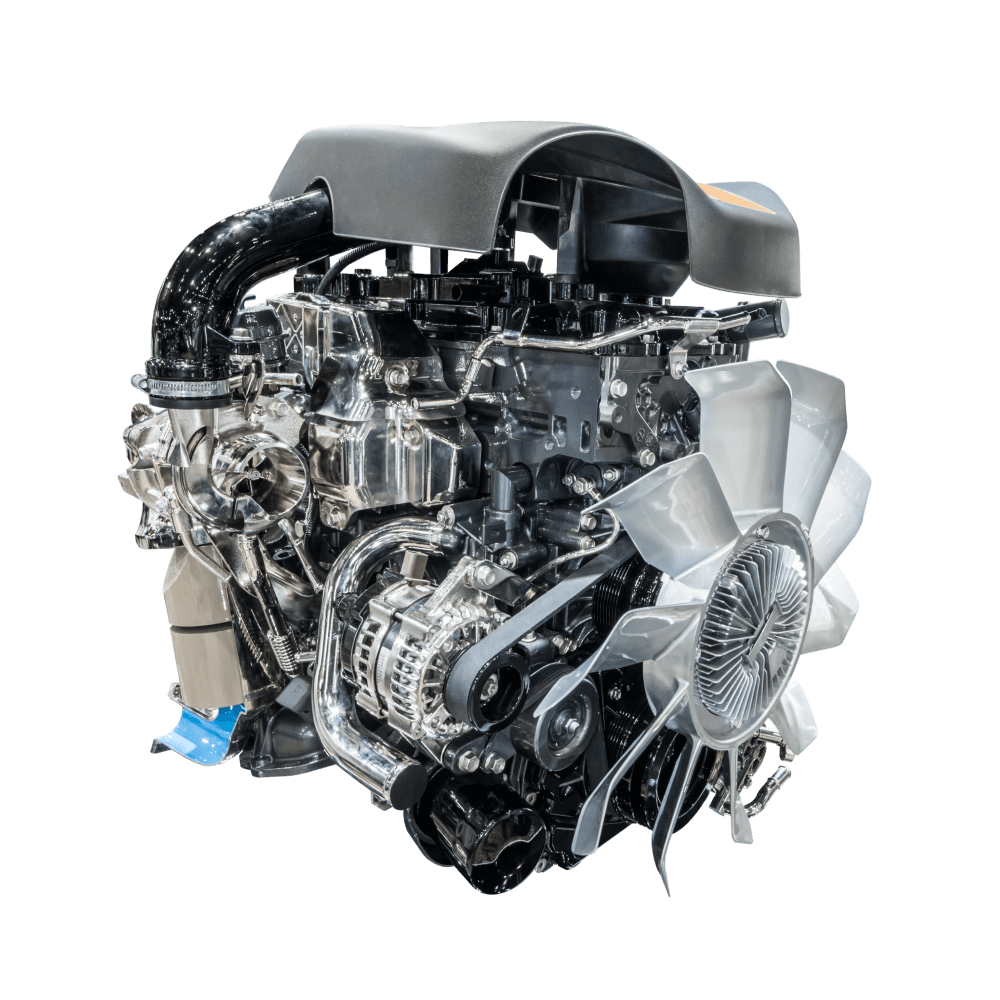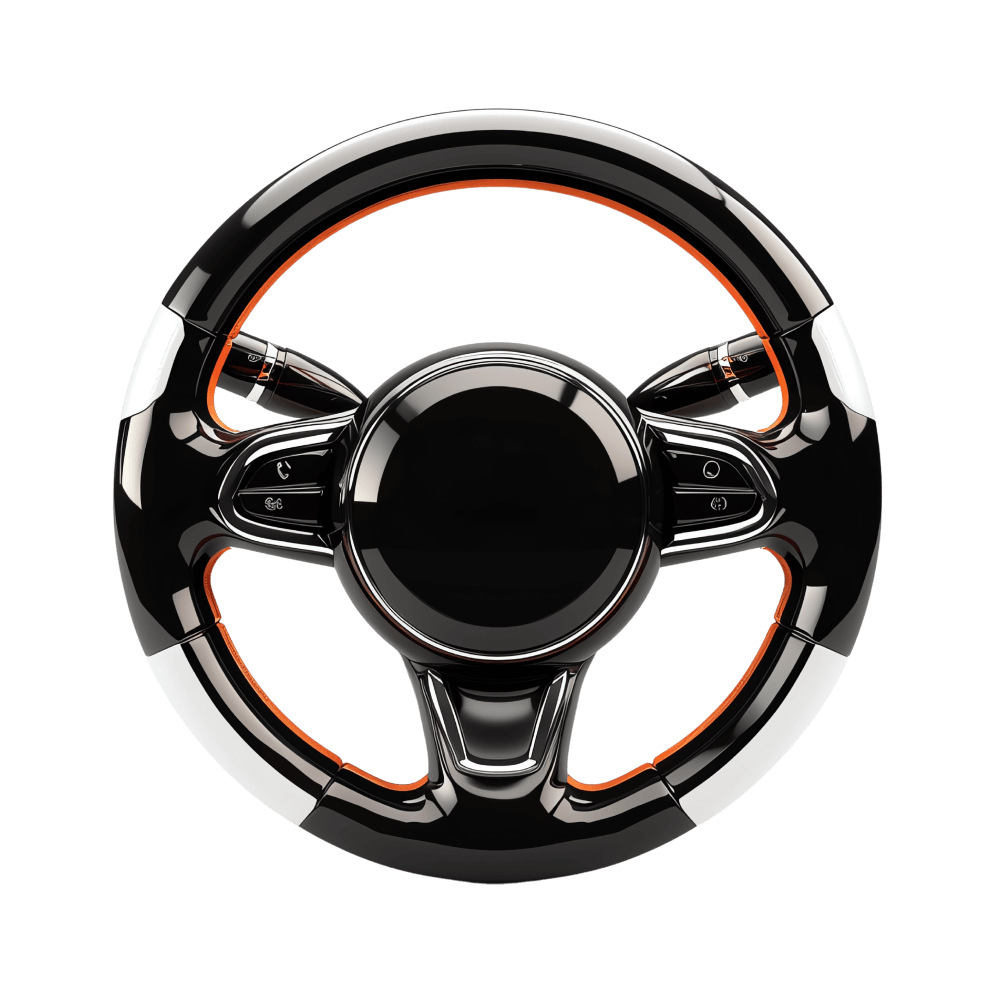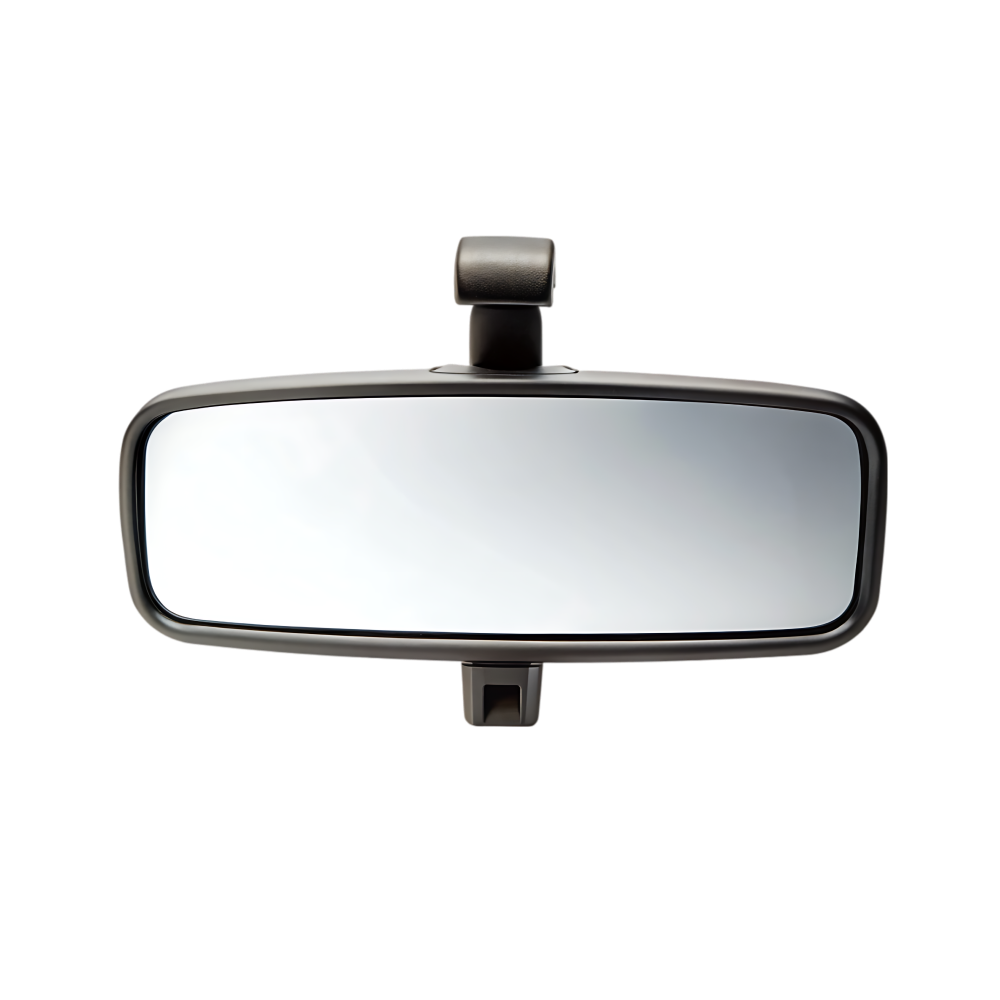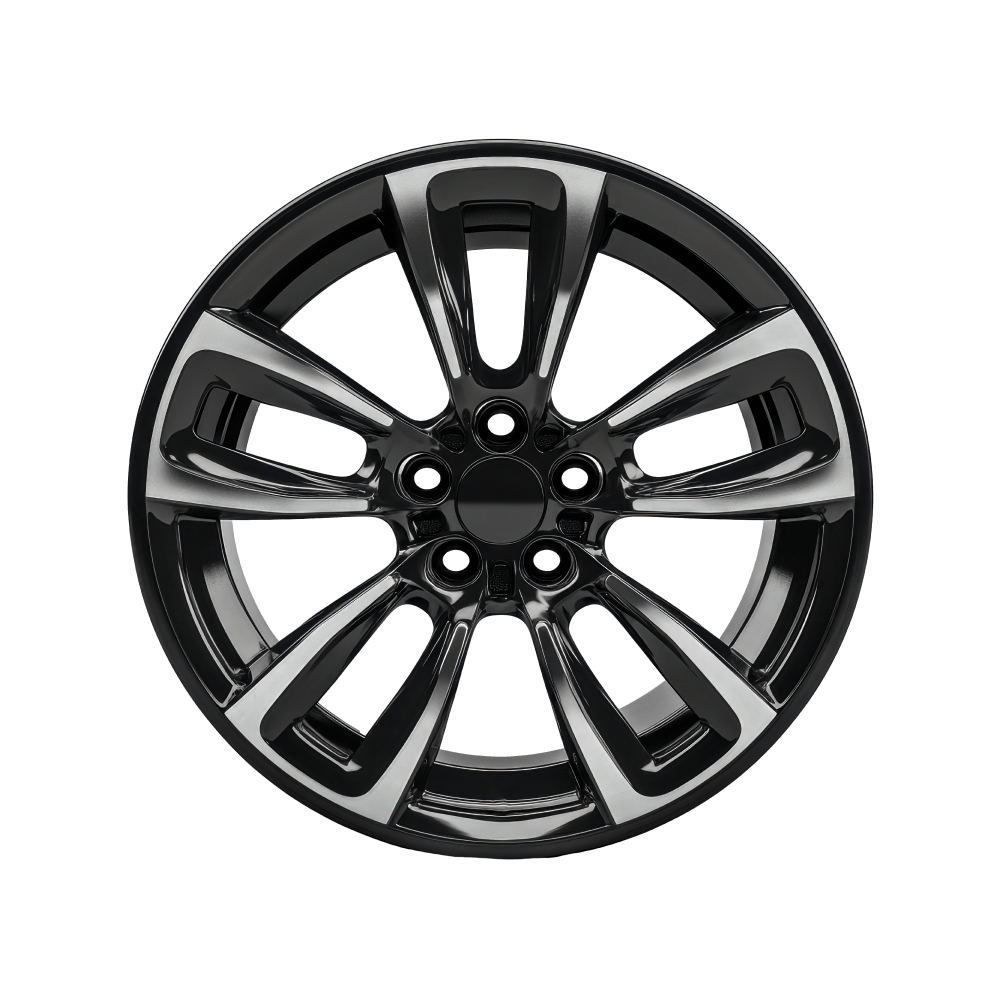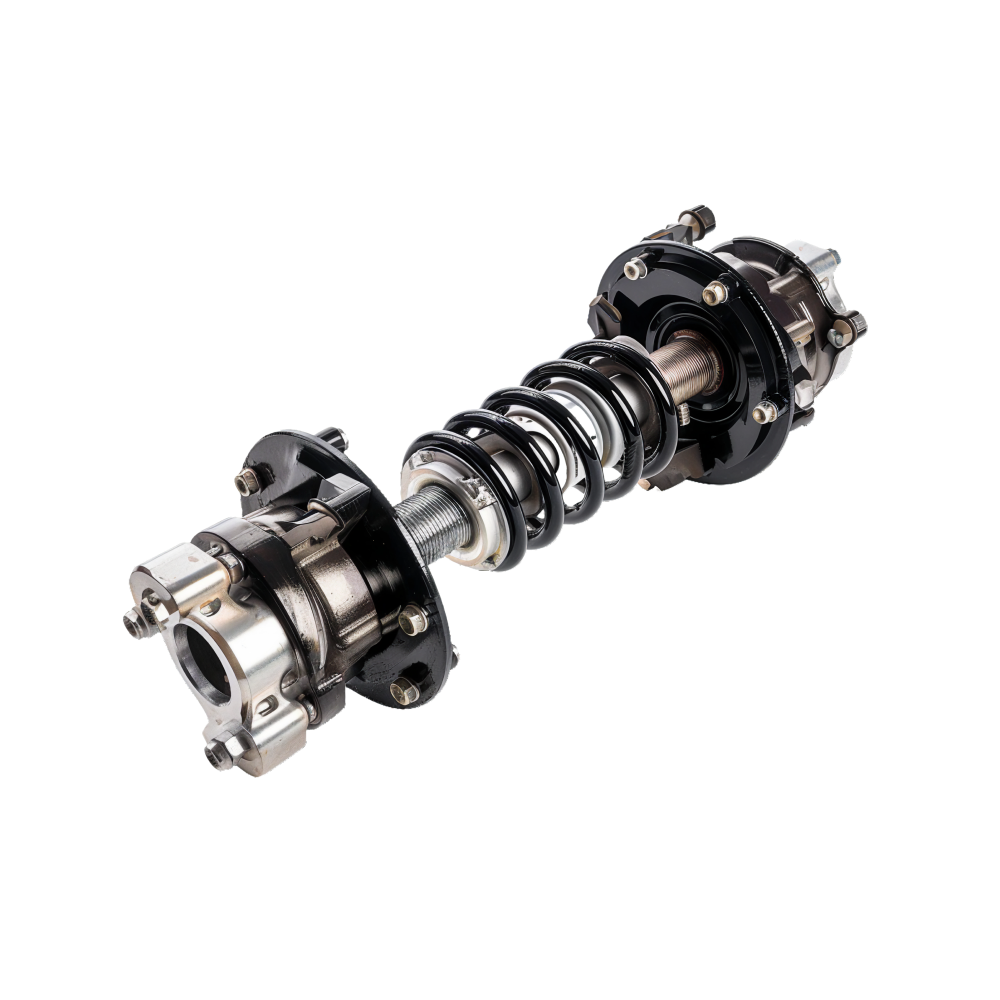The new Corvette ZR1X lands like a gauntlet. It mixes a twin-turbo V8 with an e-axle to produce a claimed 1,250 hp, all-wheel drive grip, and sub-2.0-second 0–60 mph potential. The shock isn’t only the performance, it’s the value. Chevy set base pricing at $207,395 for the 1LZ coupe, putting hypercar pace inside upper-911-money. That one number reframes the market and begs a practical question for speed-hungry buyers: If the ceiling is the ZR1X’s sticker, what other monsters can you buy new for the same money or less?
Below is that answer. It’s a list of the 10 fastest new cars available at or under the ZR1X’s base price right now, covering gas, electric, and hybrid heavy hitters. You’ll see everything from big-power sedans to carbon-rich coupes and next-gen EVs with launch modes that hit like a sledgehammer. These cars earn their place with real numbers – acceleration, top speed, and power – and the hardware that makes those numbers repeatable: trick suspensions, serious brakes, smart aero, robust cooling, and software that works for the driver, not against. The ZR1X raised the bar. These contenders meet it with different flavors of speed.
Models must be new and on sale in the U.S. as of August 2025, base-MSRP at or below $207,395, and objectively fast – prioritizing 0–60 mph, quarter-mile, and/or top speed. We used manufacturer data and independent instrumented tests where available. The ranking below is by price, low to high, not by speed. Limited-build versions are included only if orderable and within the price cap at base. Specs and prices reflect the most current official figures at the time of writing.
The last of the old-school American super sedans still fights with modern numbers. A hand-built, supercharged 6.2-liter V8 makes 668 hp and 659 lb-ft, sent to the rear through either a 6-speed manual or a 10-speed automatic. Cadillac’s Magnetic Ride Control calms rough pavement and keeps the big sedan flat, while massive Brembos and an available Performance Data Recorder underline its track chops. It’s loud, linear, and honest – and still one of the great driver’s cars regardless of door count.
Cadillac quotes 0–60 mph in as little as 3.4 seconds with the automatic. Independent testing has backed that up, with quarter-mile times in the low-11s. The headline is value: supercar speed, manual gearbox option, and daily-driver space for less than $100k to start. If the mission is big bang for the dollar, the Blackwing is still a ballistic missle.
The Plaid still embarrasses exotics off the line. Three motors, torque vectoring, and a flat power curve make it a launch monster. Tesla’s specs list 1.99-second 0–60 mph (with rollout), a 9.23-second quarter-mile, and an available 200-mph top speed with the proper package. Recent refreshes modestly updated chassis tuning and cabin details while nudging price; the Plaid remains a cheat code for straight-line speed with four doors and real trunk space.
As of mid-2025, Tesla raised Plaid to roughly $96,000. Even at that number, its acceleration-per-dollar ratio is wild, and the day-to-day usability is a bonus. Enthusiasts will note that sustained high-speed performance depends on cooling and track-mode hardware, but for stoplight-to-quarter-mile thrills, Plaid is still the reference.
The Corvette E-Ray is the stealthy assassin in the C8 lineup. A naturally aspirated 6.2-liter LT2 V8 drives the rear; a front e-motor adds instant shove and front-axle bite. The result is eAWD, seamless torque fill, and a launch that feels like a giant hand pushing you down the road. Chevy quotes 0–60 mph in 2.5 seconds, and the electric front axle makes that number repeatable on so-so pavement and in cooler temps.
Under the skin sit adaptive dampers, giant brakes, and thorough cooling upgrades. E-Ray also preserves the C8’s everyday practicality with storage front and rear. For buyers who want the “always-on” quickness of hybrid torque and all-weather confidence without giving up V8 character, this is the sweet spot. And it clears our price cap by a wide margin.
The new M5 goes hybrid for the first time and gets quicker because of it. A twin-turbo 4.4-liter V8 pairs with an electric motor for a combined 717 hp and 738 lb-ft, delivered through M xDrive with rear-axle steering. BMW cites 0–60 mph in 3.3 seconds and 190 mph with the M Driver’s Package. Weight is up, but so is composure – the e-assist fills in the torque curve and lets the chassis work.
The headline for enthusiasts is bandwidth. This M5 can run quiet on electrons in town, then rip on a back road without drama thanks to tight body control and huge brakes. At a $121,900 starting price, it’s a lot of technology and a lot of speed for the money, with sedan space and a BMW warranty behind it.
Audi turned its electric flagship into a sledgehammer. The updated RS e-tron GT Performance unleashes up to 912 hp with overboost and launch control and fires to 60 mph in 2.4 seconds. A larger 105-kWh pack and 320-kW peak DC fast-charging shrink pit stops, while a trick suspension, rear-axle steering, and torque vectoring keep the mass tidy at speed. The result is instant thrust and calm, repeatable launches.
Base pricing lands around $168,000 in the U.S. The cabin matches the performance with serious materials and the low-slung stance buyers expect from a Grand Turismo. If you want EV shock and awe with German road-trip range and balance, this is the Audi to get.
If lap times and noise rank higher than door count or cupholders, the GT4 RS is the purist’s pick. A naturally aspirated 4.0-liter flat-six spins to 9,000 rpm for 493 hp, channelled through a PDK only. The chassis breathes track focus: rose-jointed links, functional aero, big ducts, and cooling that can handle repeated hot laps. Porsche quotes 0–60 in about 3.2 seconds and a 196-mph top speed. Numbers aside, the magic is the connection it builds with the driver.
At about $170,000 to start, the GT4 RS slides under our cap and delivers one of the most intense experiences on sale. It’s not the quickest car here in a straight line, but few cars at any price deliver this much feel, resilience to heat, and mid-engine balance. For track-day regulars, this one is the keeper.
Porsche’s refreshed Taycan lineup blends race-grade control with violent acceleration. In Turbo trim, the sedan lists 0–60 mph in 2.5 seconds with Launch Control and massive overboost power. Active Ride suspension (available on many AWD variants) flattens the body and filters out bad pavement without dulling feedback. Charging is best-in-class too; updated packs and thermal management keep speeds high at DC fast chargers.
Starting at $181,300, the Turbo undercuts our cap while delivering repeatable performance and day-to-day refinement. It isn’t the cheapest way to go fast here, but it may be the most thoroughly engineered. On a mountain road, the steering accuracy and brake feel stand out even more than the sledgehammer launches.
The redesigned Vantage leans into muscle. Its AMG-derived, Aston-tuned 4.0-liter twin-turbo V8 now makes 656 hp and 590 lb-ft, sending power to the rear through an 8-speed automatic. Recent tests show 0–60 in about 3.4 seconds and quarter-miles in the low 11s. The car feels alive at any speed thanks to revised damping, wider tracks, and serious brakes. The shape says classic front-engine sports car, the pace says modern supercar.
Base pricing sits near $194,500 in the U.S. Inside, it’s proper Aston – hand-finished materials, supportive buckets, and a focused driving position. The Vantage trades launch-mode theatrics for a longer, richer powerband and deep chassis feel. It’s the analog choice in a digital moment, and still clears the ZR1X price hurdle.
AMG’s hybrid coupe is an iron fist. A handcrafted 4.0-liter twin-turbo V8 teams with a rear-axle electric motor for 805 hp and a crushing 1,047 lb-ft. Mercedes quotes 0–60 mph in 2.7 seconds, and the way it does it – calm, drama-free, and repeatable – feels almost EV-like off the line. All-wheel drive, rear-steer, and AMG’s most advanced chassis software make the big coupe feel smaller than it is.
At $195,900, the GT 63 S E Performance brings hybrid punch, long-legged stability, and grand-touring comfort under the ZR1X ceiling. It’s the one-car garage for buyers who want supercar thrust, a luxe cabin, and confidence in any weather – all without giving up the rumble of a twin-turbo V8.
Few cars balance brutality and polish like the 911 Turbo. A 572-hp twin-turbo flat-six, launch control, and all-wheel drive deliver 0–60 in 2.7 seconds and a 199-mph top speed. What the numbers don’t show is the relentless way it repeats those hits, lap after lap, thanks to overbuilt cooling, iron-fisted brake hardware, and smart aero. It’s ruthlessly efficient in the wet and playful on command in the dry.
The current Turbo starts at $204,300, skimming just under the ZR1X’s base price. It’s also a masterclass in usability: decent visibility, reasonable luggage space, and road-trip ride quality. If you want near-hypercar pace with everyday friendliness, the Turbo remains a benchmark.
We want to hear from you! Share your opinions in the thread below and remember to keep it respectful.
Your comment has not been saved
This thread is open for discussion.
Be the first to post your thoughts.
A hidden gem in the muscle car market, this overlooked classic packs a big-block punch without breaking the bank.
This stripped-down beast rewrote the rules of the quarter-mile.
Lexus just declared war on modern supercars.
Exclusive interview with Lamborghini’s Matteo Ortenzi on the Fenomeno, featuring a groundbreaking 1,065 HP hybrid V12 and elegant spaceship design.
This manual-equipped Hennessey Venom F5 packs almost double a Dodge Demon 170’s power, making 2,031 horsepower of pure insanity.
It may have been overlooked for its looks, but this AWD coupe punches way above its weight in performance, sound, and value.

